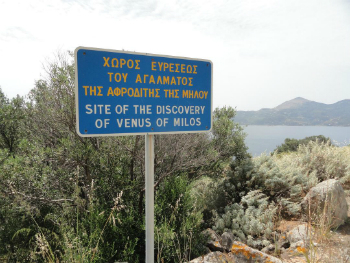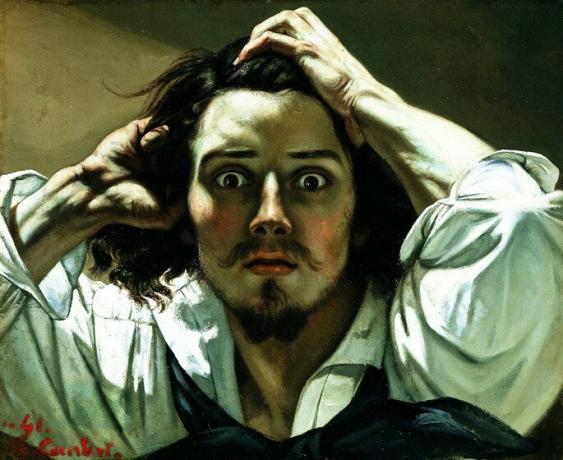The board abaporu it is one of the most emblematic works in the history of art in Brazil.
It was painted with oil paint by the artist from São Paulo Tarsila do Amaral in 1928 and given as a birthday present to her husband, at the time, the poet Oswald de Andrade.
The canvas belongs to Brazilian modernism and inaugurates a new phase of this movement: the anthropophagic phase.
In 1995, the canvas was sold to Argentine collector Eduardo Costantini at auction for 1.43 million. Currently, the work is at the Museum of Latin American Art in Buenos Aires (MALBA).
Analysis and meaning of the work abaporu

This screen was named abaporu by Oswald de Andrade in a junction of Tupi words tab (men), door (people) and ú (eat). Therefore, its meaning is "man who eats people" or "man-eating man".
In this work, a human figure is portrayed sitting in a pensive position in a barren and sunny landscape. However, what stands out in the work is precisely the emphasis given to the size of the limbs, to the detriment of the size of the head.
We see an arm, a leg, a hand and, above all, a foot in exaggerated dimensions. This feature was named gigantism and was used by Tarsila in other canvases.
In this way, we can see the importance the artist gives to the strength of the feet and hands that make the brazilian people's physical work viable.
A smaller head may indicate a supposed lack of critical thinking and "appeasement" of the population. Because of these elements, such a painting is seen as a social criticism.
Regarding the colors in the composition, the choice was for vibrant tones that refer to the Brazilianness, highlighting the green, yellow and blue colors of the national flag.
The cactus and the sun also make a direct allusion to Brazilian culture, especially to the Northeast region, which has such vegetation and sun throughout the year.
The head resting on the hand and the elbow on the knee also indicate to us a certain despondency, unhappiness, apathy or depression.

anthropophagous movement
The anthropophagous - or anthropophagic - movement was an artistic current within the brazilian modernism.
The impetus for the creation of this movement was precisely the framework abaporu which, as said earlier, has the meaning "man who eats people".
This aspect of art invited artists to produce works with a bias towards the country's culture, even if influenced by the European vanguards.
The aim was to assimilate, "swallow" the art produced in Europe and unify elements and interests of the Brazilian people to it, resulting in a genuinely national type of art.
At the time, still in 1928, it was created by Oswald de Andrade O Anthropophagous Manifesto, a document that brought, in a satirical, humorous and poetic way, the bases of the new cultural current.
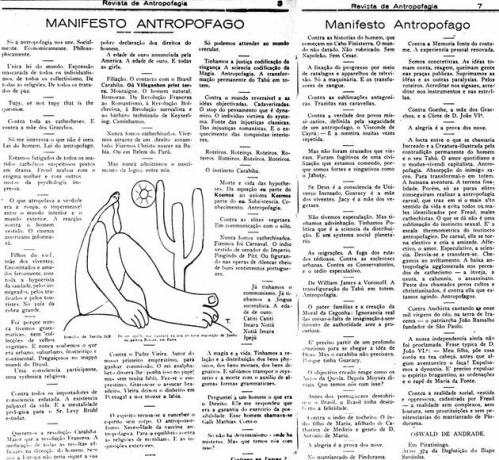
In an excerpt of the manifest, we can read:
Only Anthropophagy unites us. Socially. Economically. Philosophically. Only law in the world. Masked expression of all individualisms, all collectivisms. From all religions. Of all peace treaties. Tupi, or not Tupi that is the question. Against all catechesis. And against the mother of the Gracos. I'm only interested in what's not mine. Man's law. Law of the cannibal.
Tarsila do Amaral
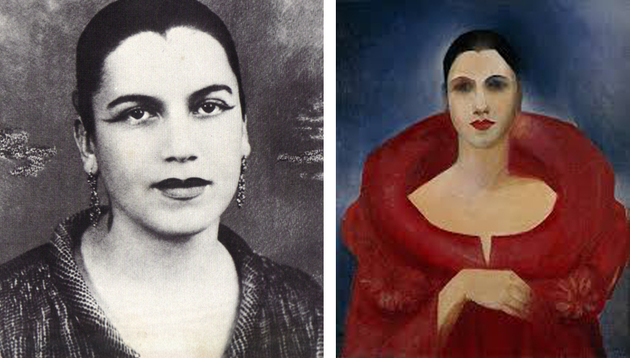
Tarsila do Amaral was born on September 1, 1886 in the city of Capivari, in the interior of São Paulo. Coming from a wealthy family, he studies in São Paulo and finishes his education in Barcelona, Spain.
He was still interested in art in his teens, painting his first canvas at the age of 16.
She was married from 1926 to 1930 to artist and cultural agitator Oswald de Andrade. During this period, the couple joins other artists in the so-called group of five, composed by them and by Anita Malfatti, Mario de Andrade and Menotti Del Picchia. Together, they start a new cultural phase in Brazil.
In 1965, the artist underwent spinal surgery and became paralyzed due to a medical error. Tarsila died aged 86, in 1973, and left a priceless legacy.
Reinterpretations of Abaporu
As is common with important works of art, the Abaporu painting was also reinterpreted.
The artist Alexandre Mury, born in the city of São Fidélis (interior of Rio de Janeiro), made a photographic version of the canvas in 2010, which makes up a larger work in which he photographs himself in several other reinterpretations of works iconic.

There is still the version of abaporu produced by the famous plastic artist Romero Britto.
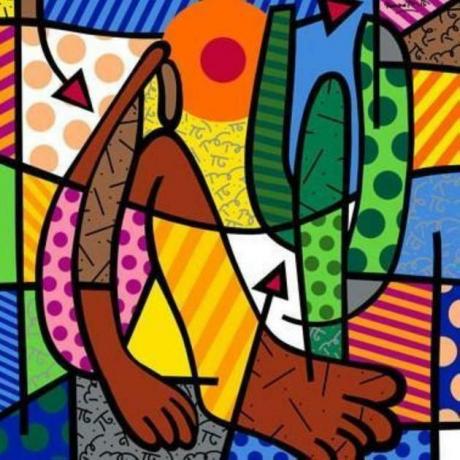
In addition, it is possible to notice that the work has been widely used as teaching material and several Brazilian students have also reproduced its reinterpretations.
For other important works, read:
- world famous paintings
- Emigrants, by Portinari: analysis of the work


